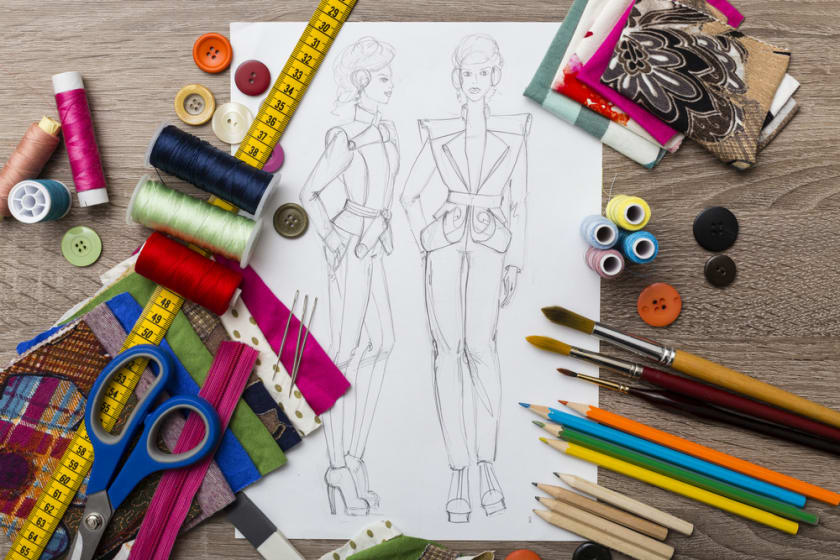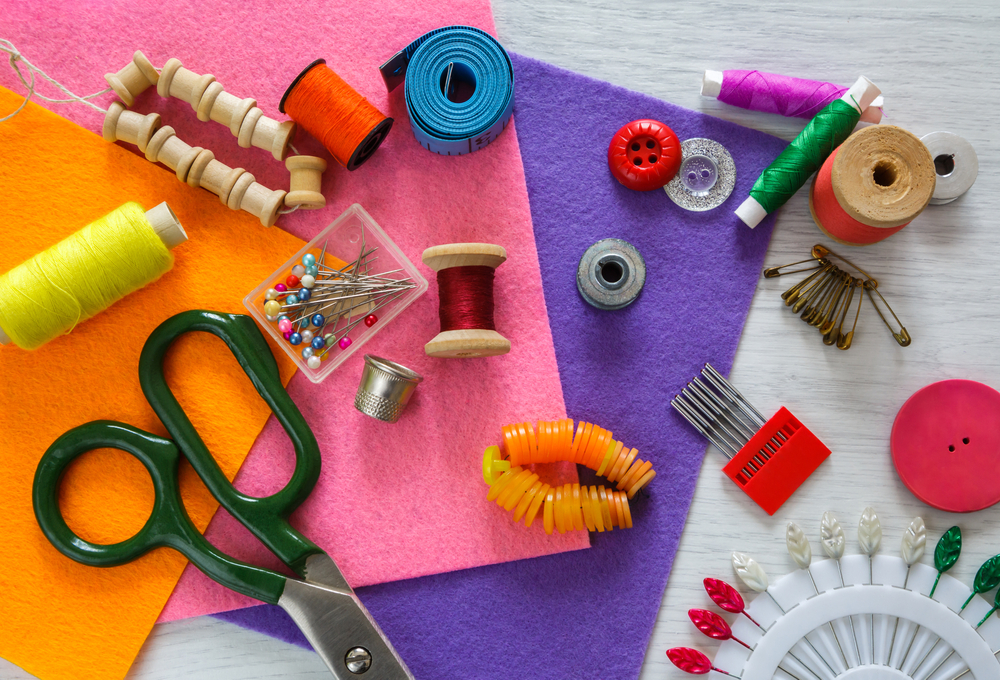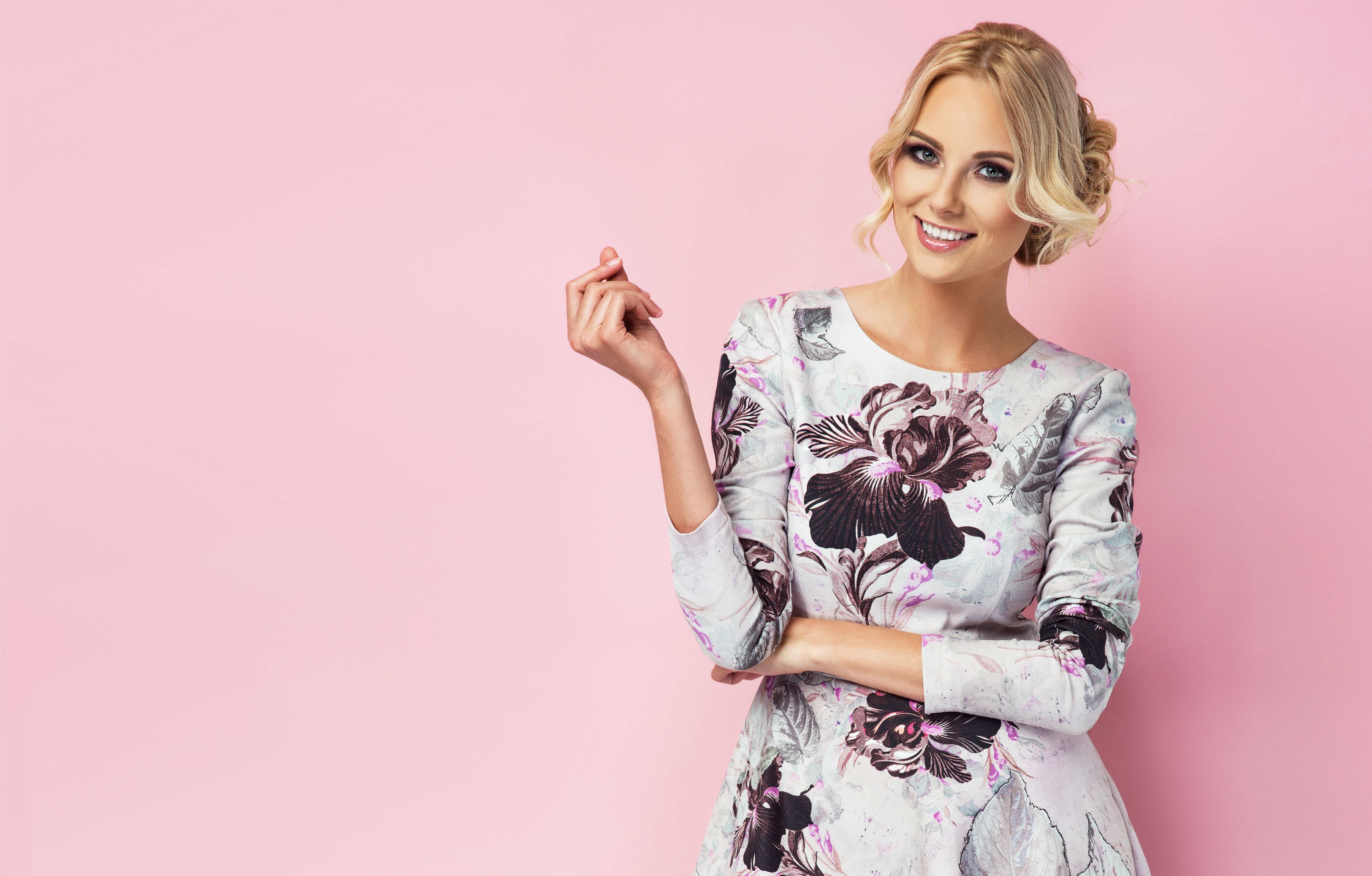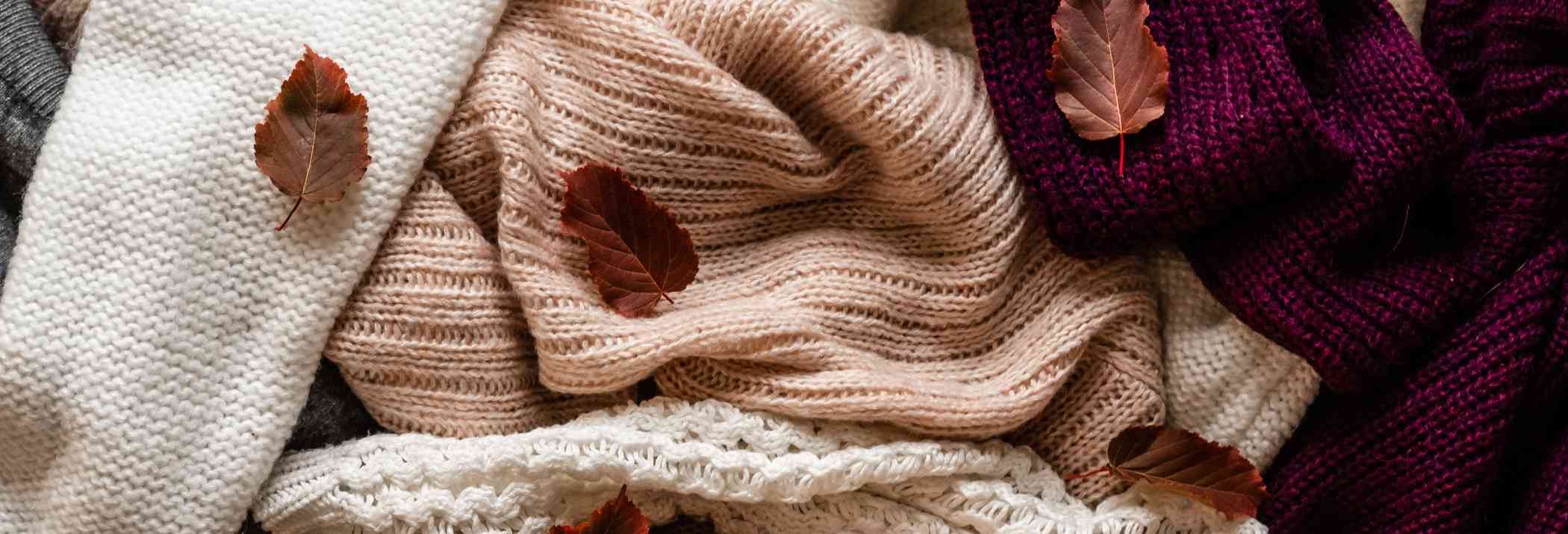Advanced Elements And Principles Of Design



Fashion and clothing have been a major part of society, religion and culture since times immemorial. Our ancient and medieval history shows an account of how wearing a certain dress used to determine gentry in terms of their class. Queens wore crowns, princesses wore tiaras and kings wielded a sword. This connotation whether negative or positive has a symbolism that has been sustained for ages. Vikings wearing horns, an Egyptian tomb with gold, all of these are certainties that have been ingrained into the minds of people. People wearing a suit are considered cool and suave, whereas a person wearing a purple coloured shirt with silver pants would be an oddity to be looked at with a negative eye.
What led to such a distinction can be attributed to psychology however, that view can be considered incomplete and lopsided. Colours do have a meaning not because of our biology but because of the way nature has shaped our thinking. Fire has mostly had a danger linked to it. However, the funny aspect is that almost all engines in a gasoline car have a fire raging. Thus, a particular shade of red colour has been associated with danger. Elements and Principles of design can shape, alter and accentuate such biases that evolutionary processes have created in our minds. Blue eyes have been associated with attractiveness due to their rarity. Earlier it was mentioned that a shade of red means danger. However, another shade of red has been associated with soft drinks and the happiness it leads to eventually.
Elements and principles of design are the reason for such a change. Context is crucial in clothing. If hundreds of celebrities are wearing a particular kind of earphone or carrying a type of phone. That phone or accessory generally would go on to be a smash hit. So, what are the elements and principles of design? These are a set of parts and metrics that define the final product from a qualitative standpoint.
Design Elements
Let's have a look at the four basic elements in fashion design that are essentially utilised by fashion designers-
- Colour: Colour is something that everyone interacts with whether it is looking at a screen, picking a colour to create a poster or even just drawing casually on paint or paper.
This somewhat brings clarity to people’s view on colour even though in a metaphorical sense. Colour is the face of the design if the design was a person. The first thing that the person viewing the design observes or responds to is colour. Colour has the ability to a mood, emotion, a vibe in short an overall unshakable feeling associated with the design crafted.
Colour has three more sub-measures inherently present inside it. The first one is Hue. Hue is the proper or base name of the colour, For instance, a colour which is coronation pink. Its hue is pink. The second is value, which determines how dark or light the solar is. It is analogous to the opacity option present in digital design and publishing software. Last but not least is Intensity which defines the amount of light the colour reflects. If a fabric has a bright colour it appears more flashy. On the other hand, fabric with a low-intensity colour, would appear more simplistic and dull to the viewer.
- Line: Line is the construction details such as seam, pleats and tucks added to a design to display either crisp or fluid. Denim on one hand can appear crisp due to its mostly straight lines. However, a skirt would appear more fluid thus, allowing more agility for the person wearing the dress.
This understanding can simply be explained by the following reasoning. If there are two points A and B. Two lines one straight and one curved start at A and end at B. One can verify through measurement that the length of the curved line would be greater. More length of the line means more fabric being used. Thus, more space.

- Shape or Silhouette: When talking about Elements and principles of design shape is more often than not taken as a single preset and used again and again as a template. The shape of the dress is intimately linked to the shape of the body of the person wearing the dress.
This is why using a single body type as a template doesn’t seem like a good idea for businesses that are into retail and runway fashion. Masses have a liking and requirement that has an insurmountable range which by definition and sheer size is tough to cover.
- Texture or Fabric: Last but not the least, the texture or fabric of the dress or design is comparable to the skin of the human body. Any cuts or abrupt changes in feel would be considered a negative. Something when touched gives a feeling. In the case of cloth, it can be because of the weave or inherent properties of the fabric in question.
When talking about fashion, one has to take cognizance of the fact that elements and principles of design go hand in hand. One without the other would mean owning a mobile phone with a screen which, to be frank, is simply useless.
Design Principles
Design Principles provide cadence to the design and make it a curation rather than a creation. Taking the exhilarating parts of a clothing article and making it not only stand out but also breathtaking is a part that is imperative for any profit-oriented fashion business.
- Balance: Balance in essence provides a visual weight to the design which is dictated by an invisible central diving line. This dividing line can be visualised as the vertical line on graph papers or in the cartesian system used in two-dimensional geometry.
As a rule of thumb, “A garment must be balanced from both sides of the Central Dividing Line.” This makes the garment look visually stunning and a sight to behold.
Balance can be of two different types.
- Symmetrical: Also called Formal balance the approach uses similar objects such as pockets or lines to achieve visual balance. This is common in lower wear garments such as jeans, shorts or the case upper wear jackets and overcoats use this approach.
- Asymmetrical: Here in theory there is an imbalance, however, balance is achieved by visual imagery, added accessories, etc.
- Proportion: Proportion is the balancing correlation formed to create a size that fits the wearer. This is achieved by applying back of the napkin algebraic mathematics and creating sizes for sleeves, breast pockets and buttons according to the desired size which can either be numbered or in the universal Small, medium, large, etc. So, if a shirt fits the way it should it is because of the design principle of proportion at play.
- Emphasis: Emphasis essentially creates a focal point or one aspect of the clothes whose visual attention is greater than any other part of the garment. This is done by psychological understanding and knowledge that designers are privy to due to their visualizations of fabric and understanding of people’s needs.
This kind of centrepiece or the main event if one may is crucial to selling clothes to customers, especially in the age of e-commerce that has been the raging share in buying garments for the last decade. Parts of the dress may be omnipresent to the consumer however, lines coming together, contrast, or just a group of patterns or shapes. All of these combine to craft the perfect focal point to capture and hold the attention of the viewer.
- Rhythm: The last principle in the designs and principles of design refers to a pattern created by repetition which can often give the illusion of movement to the eyes. This concept resembles the concept of music wherein a few notes and chords are repeated to give a sense of continuity to the ears and make the sound pleasant to hear. A rhythm when combined with the right balance creates a dress that compliment’s a person’s look and style. Which is a major plus for any fashion business.

For centuries, every art form has been based on guiding principles that aren’t hard and fast rules but rather recommendations and advisories to achieve the best results. It isn’t mandatory to follow these steps. However, people who don’t abide by the steps believe guidelines have either created unprecedented designs or designs that can be called abysmal and yet not many would even bat an eyelid. This varied or mixed response is due to the fact that fashion and beauty are subjective. Each person has a different definition of what is considered fashionable. This can be related to poetry. No one can describe definitive a set of rules or checkpoints to make sure a poem is good. However, when someone sees a good poem, they just know it.
CTA
Businesses need a great clothing line and great inventory management, this is achieved by connecting to good suppliers. If this is something a business needs. Check out Fashinza, a service that connects businesses with suppliers and provides transparency in manufacturing.



















